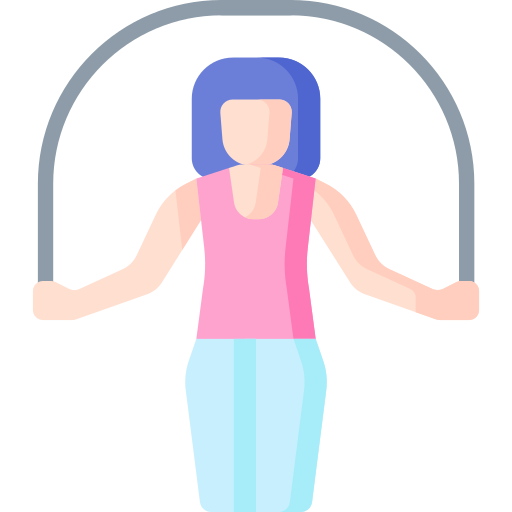How regular physical activity affects blood flow in the heart, lungs, and brain.
According to research, participation in sports and exercise can cause small but consistent changes in the blood flow in almost all organs, including the heart, lungs, and brain. It may not be the most efficient way to lose weight and tone the body, but frequent exercise can be a great way to help you learn to love your body. You’ll get a lot of benefits from exercising.

One of the main benefits is in the circulatory system. In layman’s terms, blood-flow issues are related to the rate at which blood is pumped from the heart to the limbs, which in turn causes a major increase in blood flow to any given part of the body, especially those parts that are starved for oxygen. The circulatory system is like the blood system. There’s a pump, and blood is pumped around. Sometimes it will be pumped faster in one direction than the other, like a road on fire. The faster the blood is pumped in one direction, the more oxygen is lost from the blood.
🧠
So the more you exercise, the more oxygen is diverted from the blood. And that can make a lot of differences in muscle function. So, it seems logical, then, that exercise training like jumping rope and ropeflow could have an effect on the heart and brain.
💚 🗽
In fact, studies show that people who exercise regularly tend to have better circulation in the brain and heart too, though there is no conclusive evidence that the effects can be explained by simply training one’s muscles. The good news about blood flow, he says, is that changes can be small. For instance, Rose’s studies show that while participants in a six-week weight training program had more blood pumped out of the legs when the study started, after the second week of the exercise period participants experienced a 20% reduction in the total amount of blood pumped out of their legs compared with the same week one a year earlier.